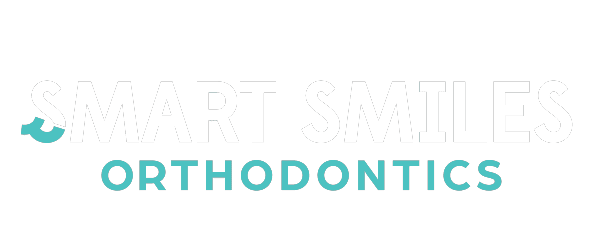EARLY TREATMENT
GIVE YOUR LITTLE ONE’S SMILE
A SERIOUS HEAD START.
Early treatment is when a younger patient, typically a child between 6 to 8, receives an orthodontic screening to see how their teeth and jaw bones are developing. The American Association for Orthodontics suggests that all children see an orthodontist by the time they are 7. At the age of 7, permanent teeth have grown in enough to determine whether or not your child will need orthodontic work in the future. If we see there is an abnormal or misaligned structure in your child’s mouth, we can take preventative measures to correct it before it becomes a bigger problem.
Interceptive orthodontic work ensures the teeth and jaw develop properly as the child grows as their permanent teeth move into place. Though it is not a necessary procedure for every child, our orthodontists can tell you if your child needs early treatment or not. In general, it’s important to evaluate developing teeth because the sooner we can spot a potential problem, the sooner we can intervene and correct it.
SIGNS YOUR KIDDO MAY NEED ORTHODONTIC TREATMENT
- They grind their teeth
- They have an underbite or overbite
- Their teeth have excessive space between them
- They have extra teeth
- They suck their thumb
- They lost a few of their baby teeth early
- They have trouble biting into food properly
- Their upper molars overlap with their lower molars in a good position, but the rest of their teeth are poorly spaced
Look, here’s the truth: there are several different options for early orthodontic treatment that can be used to help these issues besides braces for kids. In fact, there are numerous devices that help with the movement of teeth. Add that option to another device we offer that can hold your child’s teeth in place while waiting for other areas of their mouth to move into their proper position. And, if Dr. Witcher thinks it’s necessary he may remove a baby tooth to allow more space for your child’s grown-up teeth to take their rightful place.
Overall, orthodontic problems are way easier to solve if they’re found and treated early. That’s why I believe early intervention is so important. It can greatly reduce the amount of treatment your child may need later if they exhibit some of the issues listed above.
It’s important to note that early orthodontic treatment can adjust your child’s bite better than if they received treatment as an adult. If you wait until all of your child’s permanent teeth have come in, or until their facial growth is nearly complete, it may make correcting the problem more difficult and costly. Yikes!
Cool Fact: The best time to keep a lookout for crowding, overbites, crossbites, and abnormal eruptions is when your kiddo is between 6 and 8. So, if your kid is between the ages of 6 and 8, and you’re feeling concerned or your pediatric dentist is concerned about your child’s developing smile, call us. Book a free consultation and we’ll take a look.
